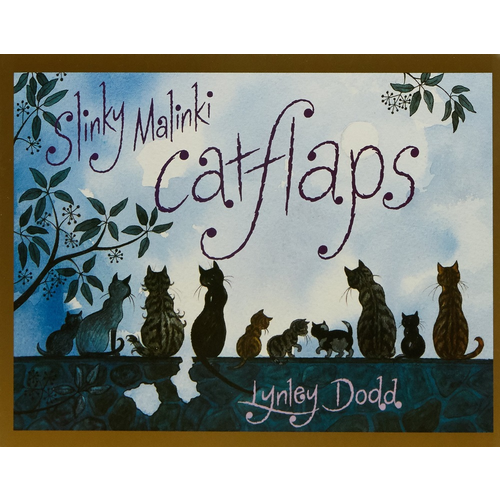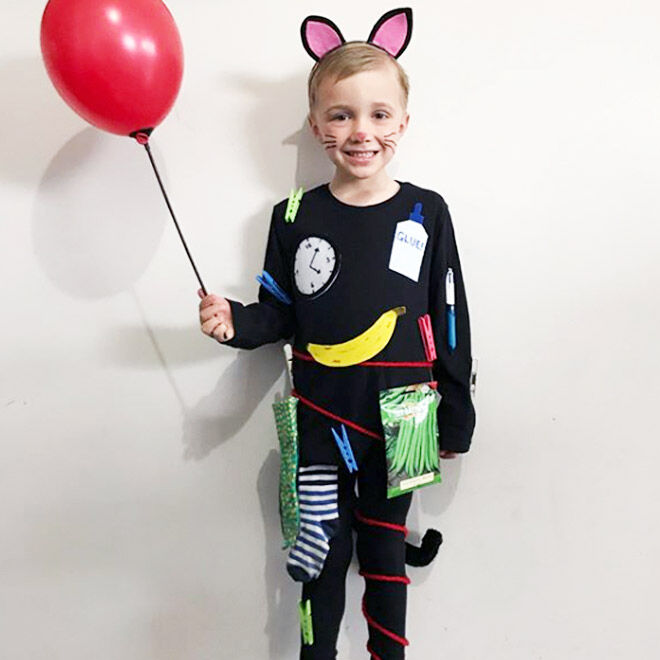

Can you guess the others? Anton Pieck THE ENDURING INFLUENCE OF OLD POSSUM’S BOOK OF PRACTICAL CATS (1939)

See also The Guardian list of Top 10 Cats In Children’s Literature. Ideology: “How would you like if if you were the poor cat and a cruel boy teased you?” As in Black Beauty, the reader is to imagine that the cat is actually a human trapped inside a cat’s body. It makes use of the Black Beauty formula - a modified moral tale that’s both exciting and moving.

Jennie is regarded as one of the best cat stories of the 20th century. The Symbolism of Trains In Literature | SLAP HAPPY LARRY Pyewacket by Rosemary Weir illustrations by Charles Pickard cover 1967 Pyewacket by Rosemary Weir illustrations by Charles Pickard cover 1967 JENNIE BY PAUL GALLICO (1950) Writing in the 1970s, Blount, in the paragraph above, mentions some mid-century books I haven’t heard of. * When creating the character of Slinky Malinki Lynley Dodd absolutely makes use of this historical duplicitousness: Slinky is one thing during the day, another thing altogether come nightfall. Their long history of connection with witchcraft has suggested tales of magic cats such as Barbara Sleigh’s Carbonel, 1955, or, in a more down to earth setting, Rosemary Weir’s Pyewacket, 1967 and their urbanised versatility (dog stories are more usually about country life) is categorised unforgettably in T.S. As characters they have great possibilities and depths that few writers, with the possible exception of Paul Gallico, have made use of. Perhaps Kipling was right, and cats are neither for nor against us, but both or neither, as they wish or feel*. Sometimes it is difficult not to resent their apparent success, and they are good or evil according to their creator’s feelings. Old proverb A BRIEF HISTORY OF CATS IN CHILDREN’S LITERATURE For three he plays, for three he strays, and for the last three he stays. Slinky Malinki is a picture book by New Zealand author illustrator Lynley Dodd.Ī cat has nine lives.


 0 kommentar(er)
0 kommentar(er)
